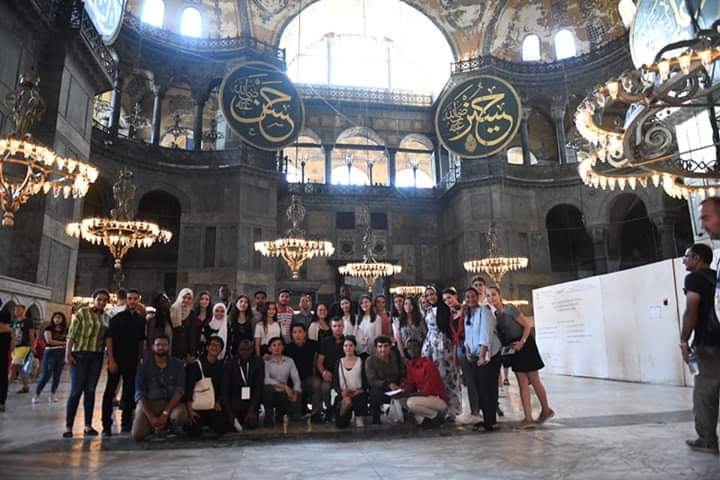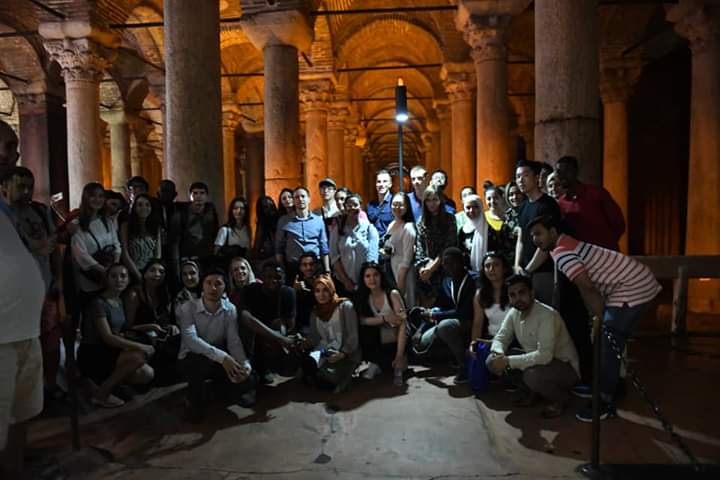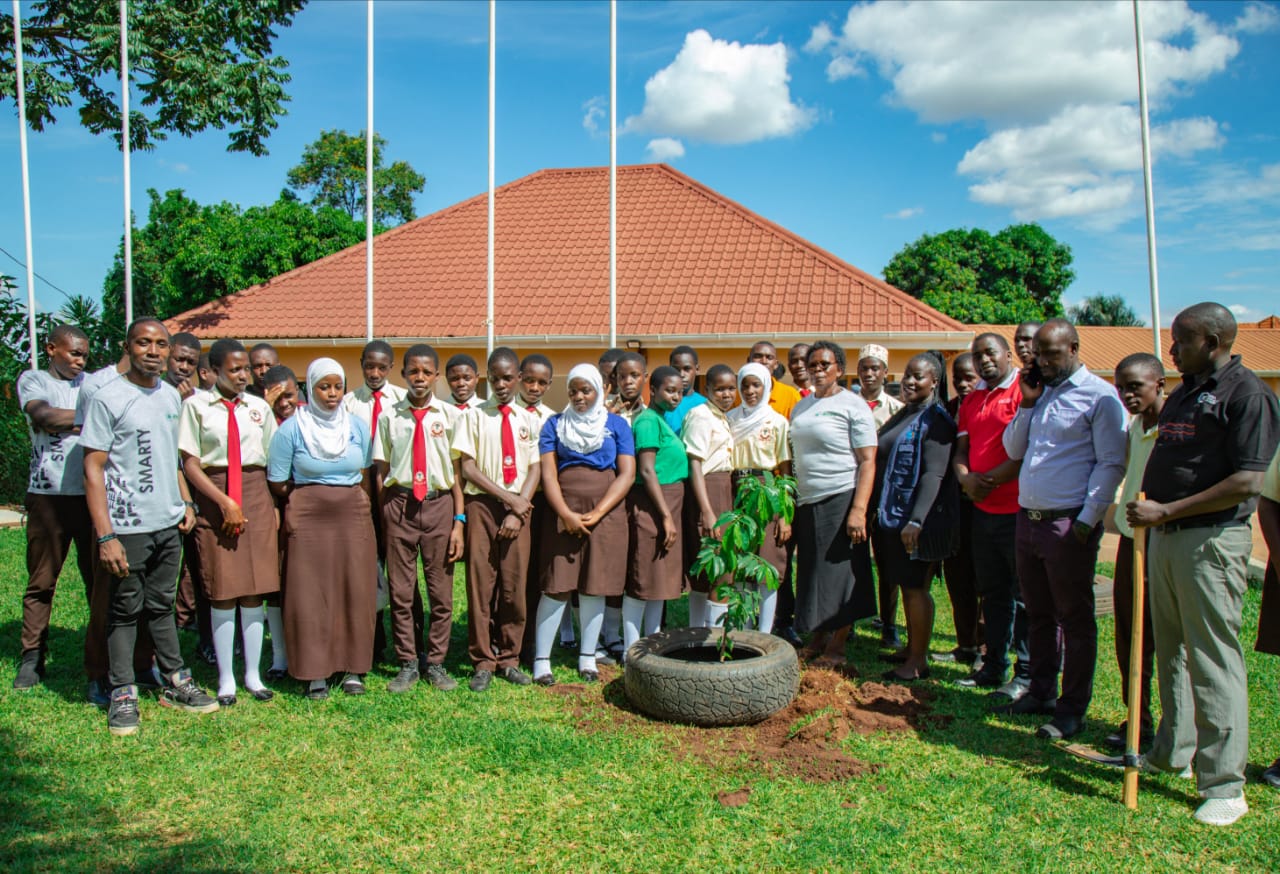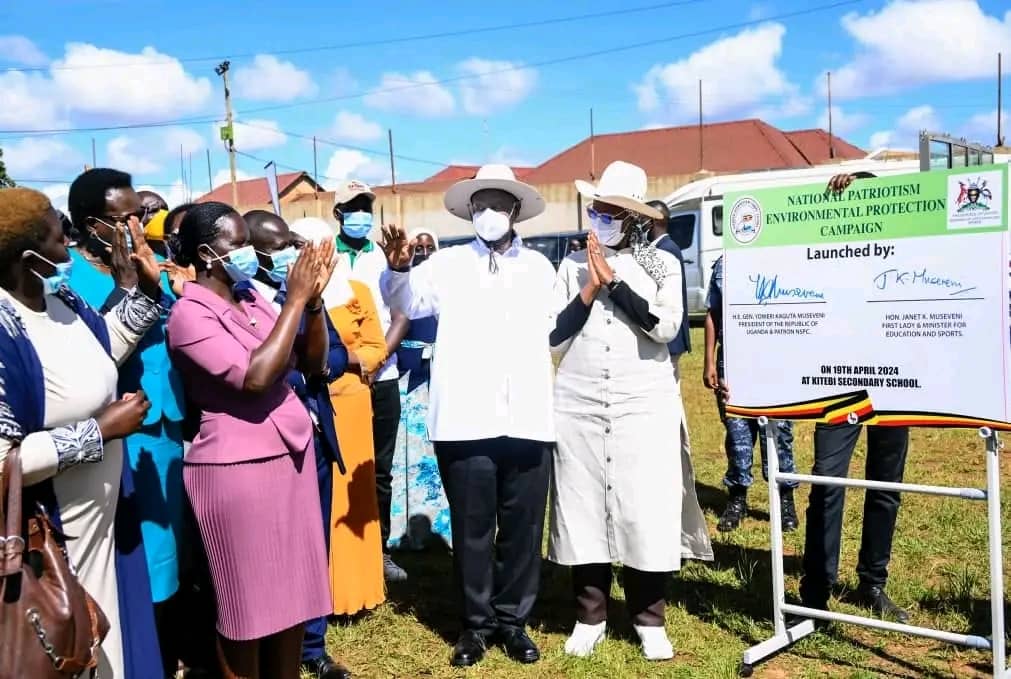Visiting Istanbul: A city that has remained true to its roots
Straddling Europe and Asia, Istanbul is a city that has remained true to the cultural influences of the many empires that once ruled over it. The Nile Post's Jonah Kirabo visited the Turkish city and now writes.
While checking in at Entebbe Airport prior to my flight to Turkey, I didn't have an idea on what to expect. I always like the idea of having an open mind while heading out for a new experience.
After about 7 hours of my flight, we touched down at the futuristic new Istanbul Airport that was opened in October last year (2018). The new Istanbul Airport is a striking feat of modern engineering vast shining monument. According to the information I gathered, the Airport is still under construction with 2027 being it's expected completion date and it will accommodate 200 million passengers a year once complete.
The purpose for my visit was to take part in this years LOCALINTERNational program that is hosted in Turkey every year by the Union of Municipalities of Turkey. The program gathers recent university graduates and students who are interested in learning about how local governments in Turkey work. Our program demanded that Istanbul will be the last city we shall visit which meant that I was only here for a transfer to Turkey's cosmopolitan capital, Ankara but we were to come back to Istanbul after a week.
Days went by and on August 25, my colleagues and I were back in Istanbul, a city were the far East meets the West as it spans over two continents, Europe and Asia. Istanbul is so rich a city that for every step you take, you can easily tap into some of it's history. It is the only city in the world that spans over two continents.
Located north of the Black Sea and south of the Sea of Marmara, Istanbul remains one of the most populous cities in Turkey. In fact, it is Turkey's economic, cultural and historic one stop center and many tourists constantly confuse it to be Turkey's capital.
 Inside Topikapi with a group of colleagues
Inside Topikapi with a group of colleagues
Istanbul has a population of over 15 million residents in its metropolitan area and it is ranked as the world's fourth largest city.
This city played a big role in the advancement of Christianity during the Roman and Byzantine times before it was conquered by the Ottoman Empire in 1453 CE who transformed it into an Islamic stronghold and the Capital of the Ottoman Caliphate until 1923 when the Ottoman Empire fell and the capital was then transferred to Ankara in the new Republic of Turkey.
Prior to my arrival, I had read about the historical Topkapi Sarayi Müzesi or Topkapi Palace Museum and I was glad that it was one of the first places we visited in our tour around Istanbul.
You must visit this place to believe that it does exist. It's construction, according to our tour guide began in 1459. Topkapi served as the main residence and administrative headquarters of the Ottoman sultans in the 15th century. It was given its name 'Topkapi' to mean the Cannon Gate, in the 19th century and has since been expanded over the centuries. At the end of the Ottoman empire in 1923, Topkapi was transformed into a museum that it is today by government decree on April 3, 1924.
At some point in time, I felt overwhelmed at the thought of all the people that have lived on earth for the years this building has been here. It has more 100 rooms but only the most important one's are now accessible to the public.
We made a stop at the famous Blue Mosque.
Constructed between 1609 and 1616 during the rule of Ahmed I, the Mosque remains functional and still attracts thousands of tourists to date.
Here, you're supposed to walk shoeless on the plush carpets as the faithful kneel and pray towards Mecca. Our guide tells that the Mosque was nicknamed the Blue Mosque due to it's thousands of the hand painted blue coloured tiles and at night, it is bathed in blue lights. It's actual name however is the Sultan Ahmet Camii or The Sultan Ahmed Mosque as it contains, ruler Ahmed's tomb in it's Külliye.
Hagia Sophia Museum
Built in 537, Ayasofya Müzesi or the Hagia Sophia Museum as it currently known, still stands tall and bright even after 1,482 years of existence.
Our tour guide told us that it was once the largest building in the world and for much of its first years of existence, it was a Christian cathedral but it was later used as a mosque. In 1935, Mustafa Kemal Atatürk, commonly referred to as "The Father of the Türks," having founded Turkey in 1923 decided that it should be reserved as a museum.
 Inside Hagio Sophia
Inside Hagio Sophia
The glorious frescoes and mosaics of the previous times give it a special look in the interior and one feels a special connection with the superior being while here.
We had our lunch at the Sultanahmet Köftecisi which we were told that is one of the most famous restaurants in the city. We were told that it has been serving izgara köfte or what a Ugandan in me would call grilled meatballs since 1920.
On my last day in Istanbul, I made it a point to visit the historic Grand Bazaar which is arguably one of the world's largest covered markets. It's sheer scale and ever crowded interior would be a bewildering experience for any tourist.
I also took a ferry and crossed to the Asia side of the city just to make the most of my last day here before taking a Bosporus tour with the rest of the colleagues for the other part of the day.
This story won't be complete without mentioning how I felt like a royal on the Turkish Airlines flight back to Entebbe at the end of my stay in Turkey. The in-flight meals are delicious, the movies and exemplary services are quite commendable. Only the Uganda Airlines has better.













